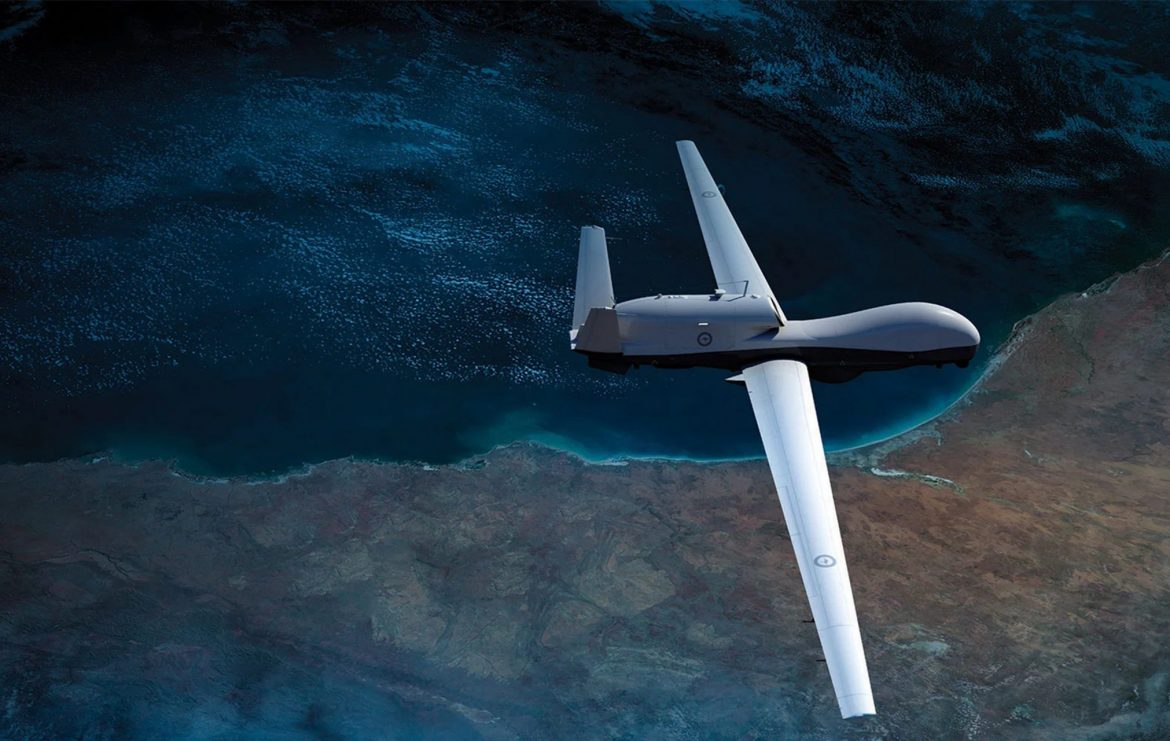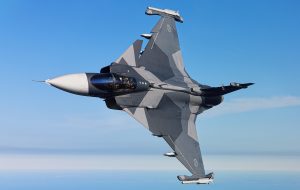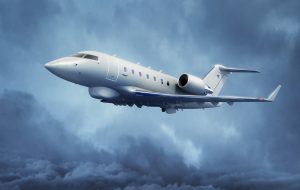Today drones are a critical part of the arsenal of armies around the world, as they have become an important element in resolving battles, achieving victory in wars, and shifting the international balance of power.
As technological developments accelerate and battlefields multiply, more and more militaries and their intelligence services have been paying more attention to drones as strategic weapons that provide unique capabilities for highly sensitive missions, providing important military information about enemies and their intentions and capabilities.
The introduction of artificial intelligence (AI) into the mechanism of most weapon systems created an unprecedented industrial and defence revolution, especially in the field of drones, resulting in the development of advanced models capable of performing missions that used to require a squadron of planes, troops and defence systems
Northrop Grumman’s MQ-4C Triton
Ever since they first appeared in the skies of battles and wars, drones have been carrying out many difficult missions, paving their owner’s way for victory and superiority, and reshaping the methods of warfare.
One of the most prominent of these drones, which played a vital role in serving the most powerful armies in the world, is the American MQ-4C Triton, produced by Northrop Grumman.
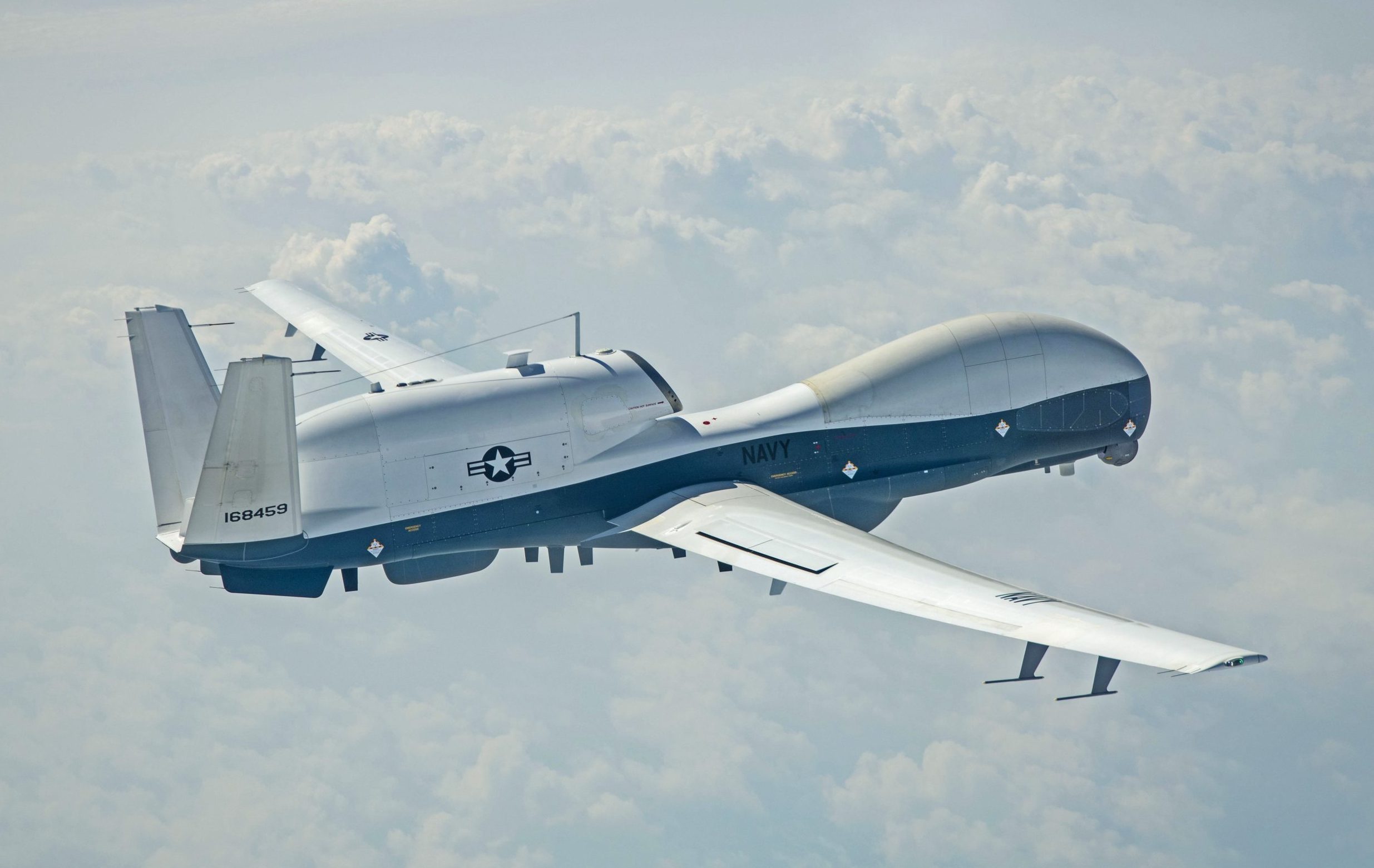
The US has long pioneered the development of drones, and its army has become heavily dependent on them in carrying out the most complex and difficult military tasks due to their great endurance and accuracy compared to fighters and conventional aircraft.
Many reports and studies describe the MQ-4C Triton as “the best in the world”, given its spotless reliability record, which is a key feature of high-altitude long-endurance drones.
A Multirole drone
The giant MQ-4C Triton is designed as an unmanned reconnaissance aircraft capable of wide oceanographic and littoral zones at a mission radius of 2,000nm, and it can stay in the air for 30 continuous hours, with 80% effective time on station (ETOS) within 2,000 nautical miles.
The drone can reach altitudes of up to 56,500 feet, with an operational range of 8,200 nautical miles (15,186 km), meaning it can fly high above the theatre of operations, capturing photos and video and sending them in real-time to commanders around the world.
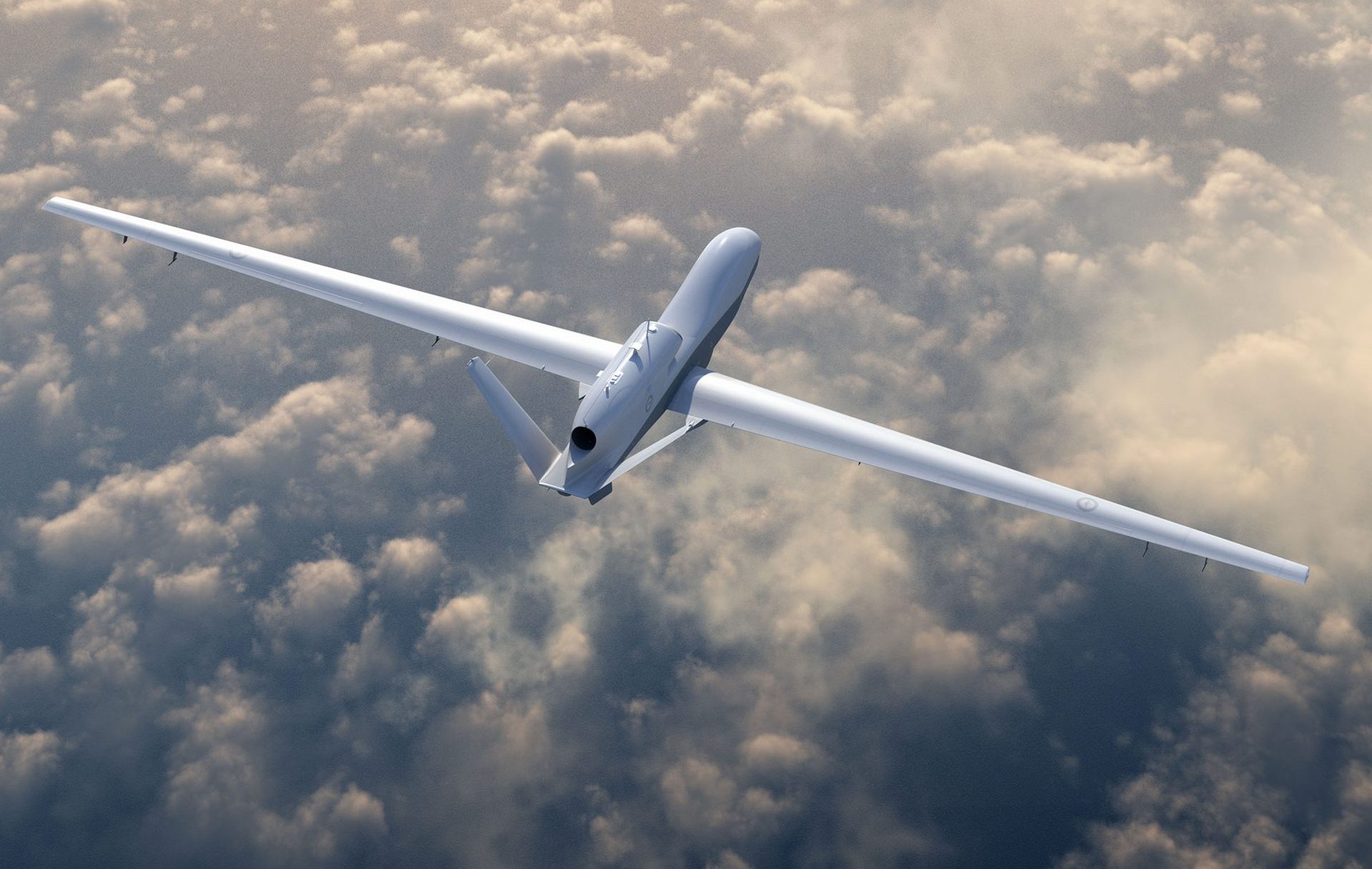
Furthermore, missions conducted by this aircraft every year cover an area equivalent to all the Earth’s oceans 61 times.
The MQ-4C Triton, which is the second model of the US Navy’s drones, was designed to provide direct surveillance and perform reconnaissance missions over vast oceans and coastal areas, in addition to providing continuous marine surveillance, contributing to search and rescue operations and conducting various intelligence gathering missions.
Features & Specifications
The MQ-4C Triton is 14.5 m long, 4.6 m high, and has a wing span of 39.9 m.
It can carry a maximum internal load of 1452 kg, and an external load of 1089 kg, with a maximum take-off weight of 14628 kg.
Built from materials that give it enhanced armour, the MQ-4C Triton was equipped with systems that protect it from lightning, ice, weather fluctuations and bird strikes, enabling it to descend through layers of clouds to get a better view of ships and other targets at sea when needed.
The giant drone comes equipped with a powerful array of unique sensors that provide 360-degree coverage and visibility on all devices, providing unprecedented maritime situational awareness that enables it to track vessels and identify their speed, class and location.
The MQ-4C Triton is operated from ground stations managed by a crew that collects and analyzes information, including a flight crew, intelligence, operations and administration officers, and engineering and logistic crews.
Infographic
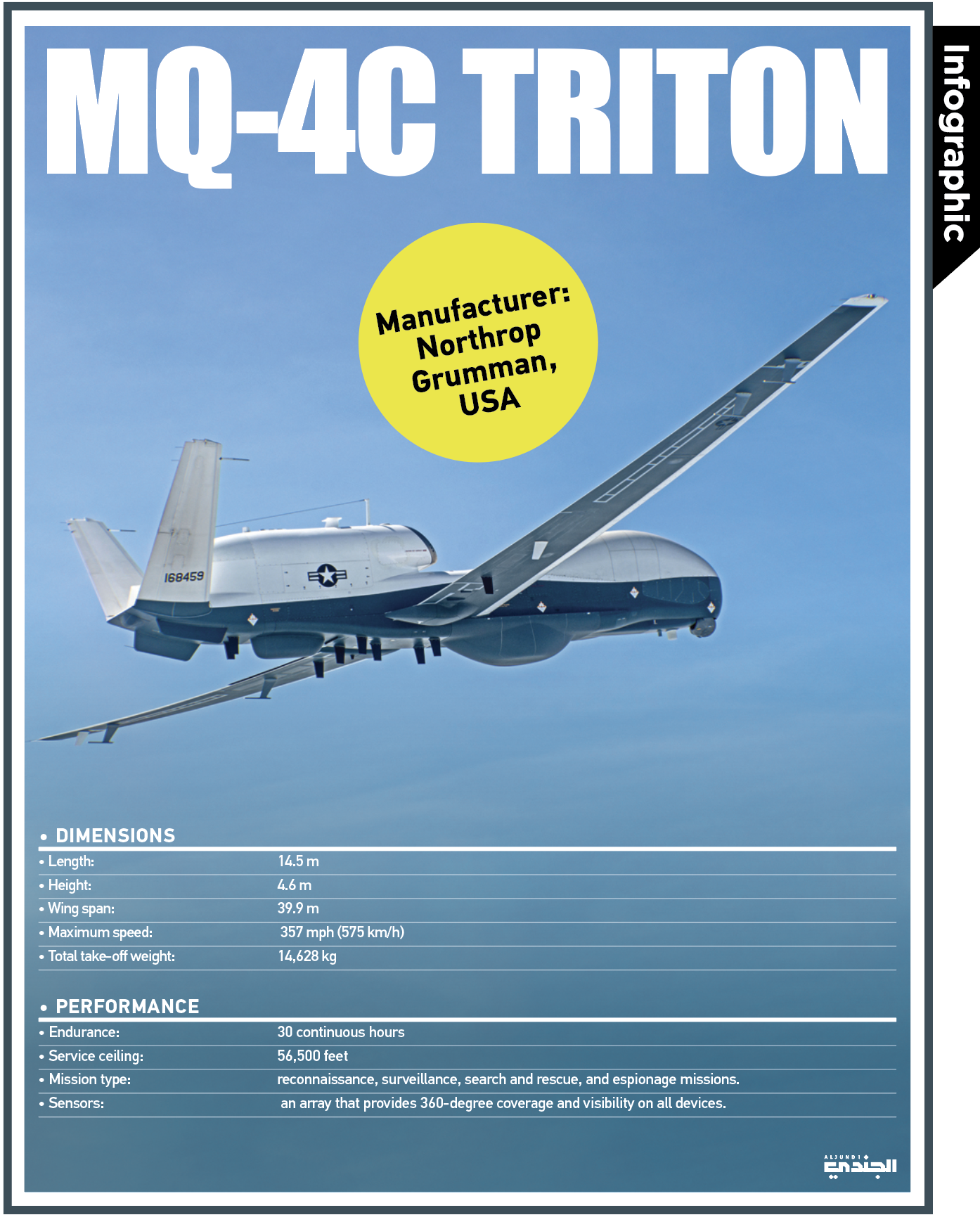
By: Ikram Bandala (Researcher specializing in military affairs)


